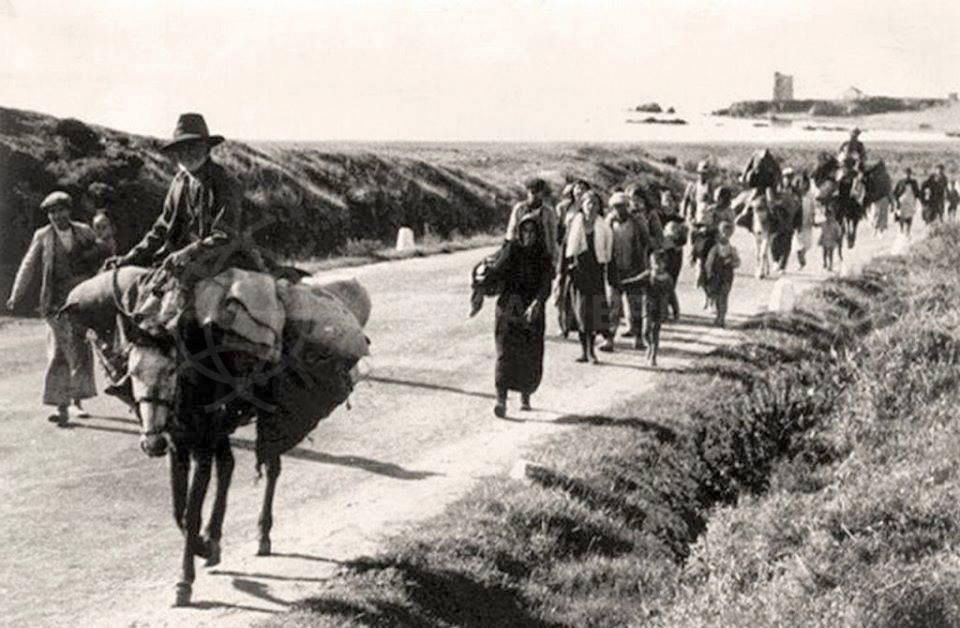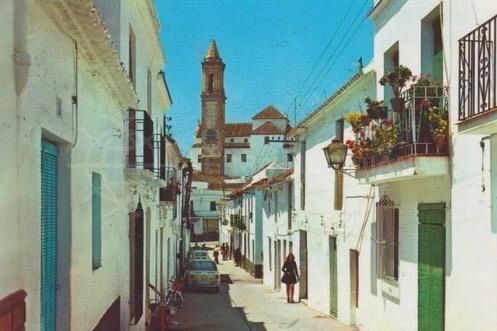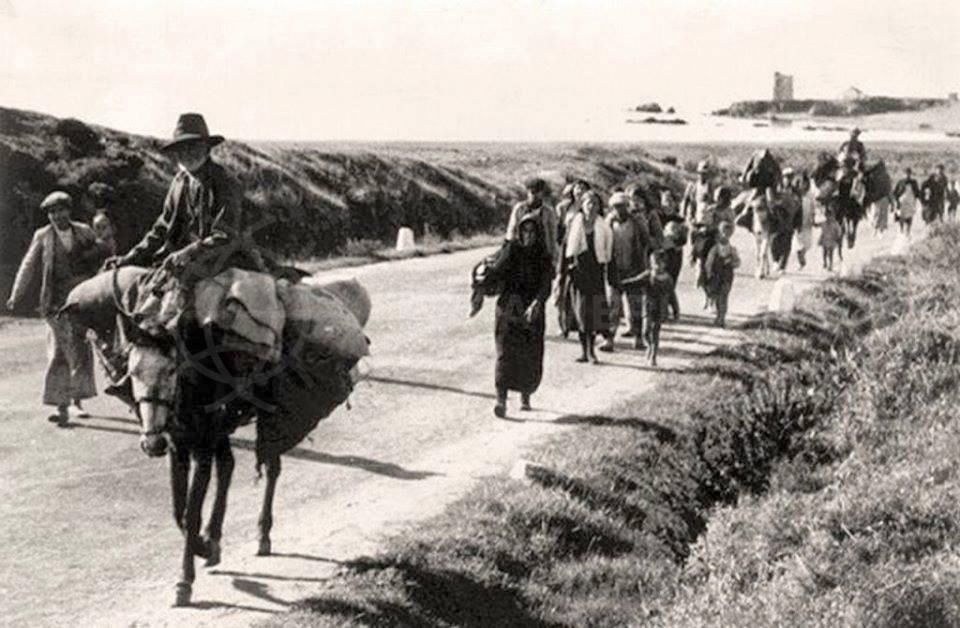Estepona Old Town - Mini Guides
Estepona, ancient settlement with modern appeal
The charming seaside town of Estepona has been a popular destination among Spanish and foreign visitors for some time now, but it was only in the past few years that it began to rise out of the shadow cast by its glamorous neighbour, Marbella. Now, having undergone an urban beautification programme, as well as the development of new amenities and infrastructure, the town that is also home to some of the best new developments of apartments and villas on the Costa del Sol is becoming increasingly in vogue as a top destination in its own right.

This adds a sense of novelty and new discovery to an authentically Andalusian coastal area that has been inhabited since the earliest of times. Neanderthal cave dwellings were found in nearby Gibraltar, while stone age tools and prehistoric dolmens in the Estepona area itself bear witness to human settlement long before the earliest documented civilization of the Iberians. They were later added to by visiting traders and city founders from Phoenicia, before the Carthaginians and Romans fought over these lands. The Romans won these Punic Wars, which lead to the Latinisation of the local culture and language, a factor that still dominates today.
The Celts and later Germanic tribes that entered the Iberian Peninsula had less of a marked impact on this region, but the Moors who launched an invasion in what was founded by the Phoenicians as Gades but later became known as Jebel Tariq – the ‘Mountain of Tariq’ in honour of the Berber leader of the Muslim conquest of Iberia, Tariq ibn Ziyad. Today we know this cape and its town as Gibraltar, a name derived from the original Arabic description.
Shaping Estepona
The period of Muslim rule that followed gave Estepona its classically Andalusian look of tightly packed whitewashed, mostly flat-roofed houses, though naturally the town also evolved in the centuries that followed the Christian reconquest in 1457. An earlier sea battle fought off the shores of Estepona had resulted in a Moorish victory, but the churches and Baroque buildings dotted around the historic centre attest to the ultimate Castilian victory and the inclusion of Estepona into the Spanish fold.

The Castillo de San Luís was built shortly after the retaking of the town to protect it from the Berber pirates who for centuries raided the coast for loot and slaves. They limited the scope of development, so that by the beginning of the 20th century Estepona remained a small fishing and agricultural community of some 9,000 people. The onset of tourism, and the modernisation of the town, gathered pace from the 1960s onwards, and now Estepona is a thriving coastal settlement of over 60,000 inhabitants, complete with its own brand-new hospital, conference centre, orchidarium, marina, and an increasingly pretty historic centre that has been beautified with murals, flower pots, and new infrastructural and attractively presented archaeological findings.
Its squares, fountains, churches, town walls and restored market exude a sense of elegant charm and history at just a few hundred metres from broad sandy beaches and cooling Mediterranean waters, explaining why Estepona is the new jewel in the crown of the Costa del Sol.
More about Estepona Old Town, Estepona
- Rainy Days in Estepona
- Estepona Schools
- Hotels in Estepona
- Take a stroll amid Estepona’s lovely Murals Route
- Explore the natural surroundings of Estepona
- Estepona, ancient settlement with modern appeal
- Estepona’s beautiful Mediterranean Beaches
- Culture in Estepona
- Estepona Restaurants
- Estepona Golf Courses
- Estepona’s Semana Santa
- Healthcare in Estepona
Latest articles about Estepona Old Town
- How we can help you with property development projects in Estepona Old Town
- Check out our new interactive Estepona old town map
- Estepona’s northern bypass opens to traffic
- Estepona’s delightful renovated Old Town properties
- Estepona’s facelift wins a well-deserved prize
- Estepona’s new cultural centre proposal
- Spacious traditional style house for sale in Estepona Old Town
- Estepona, a case study in good governance
